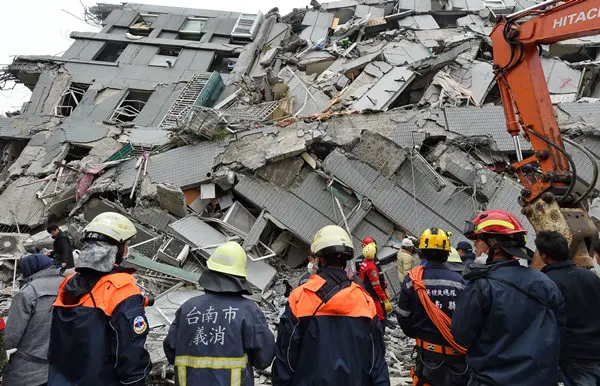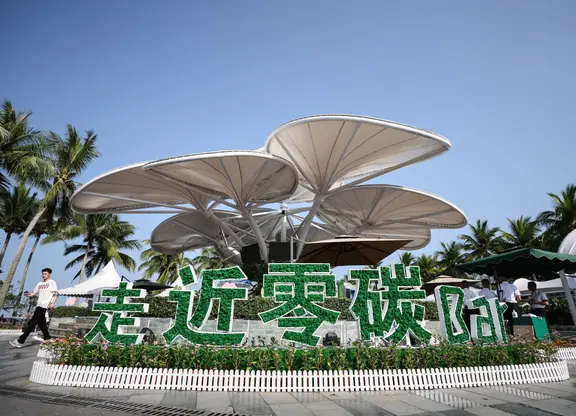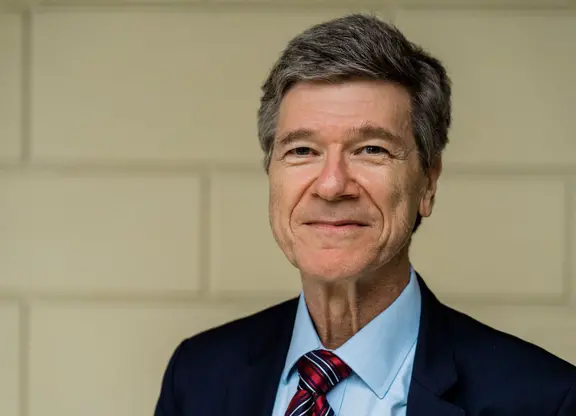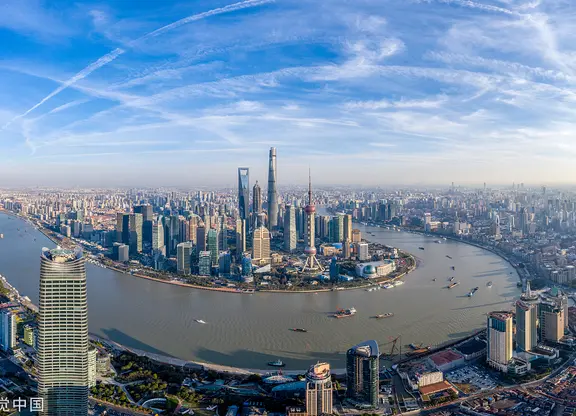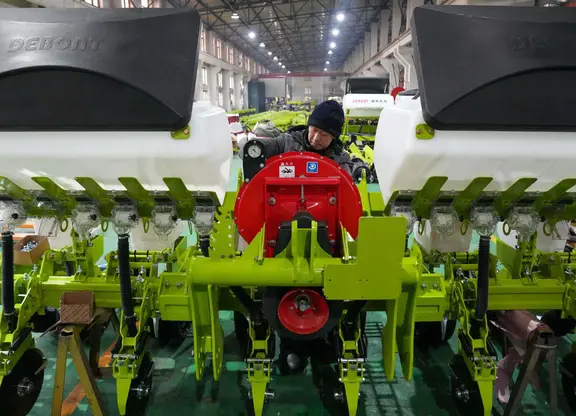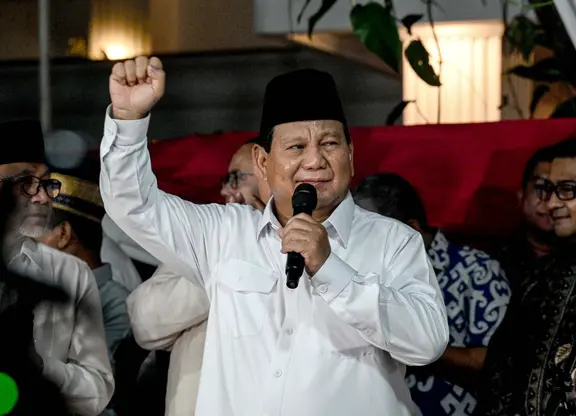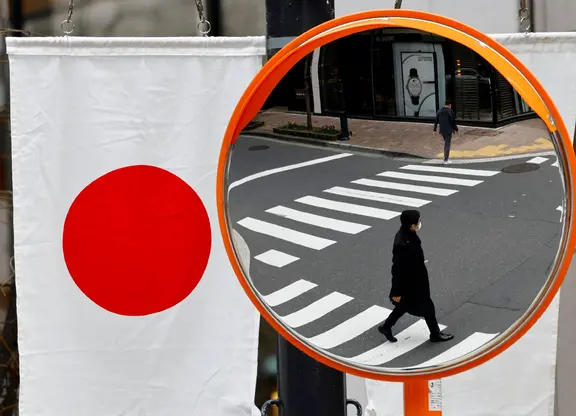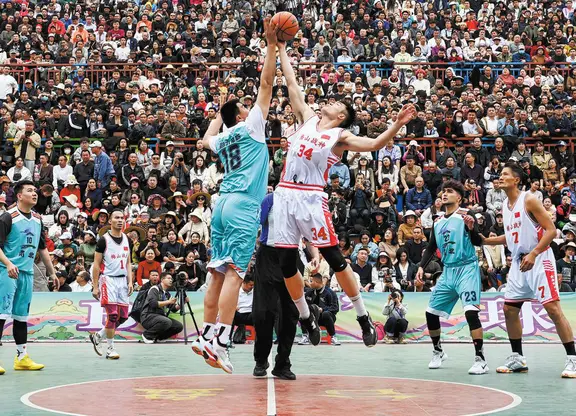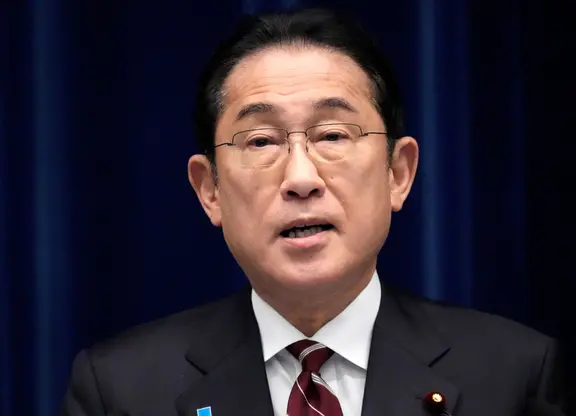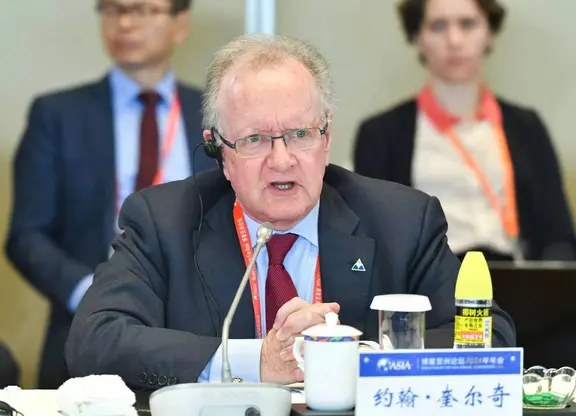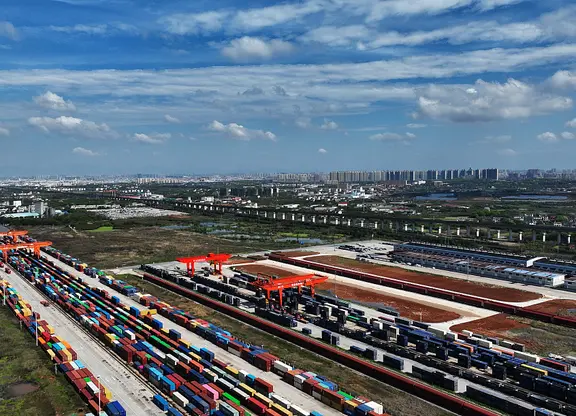Jobless rate among South Korean youths aged 15 to 29 stayed high last month as the labor market still struggled with uncertainties despite the government's efforts to create decent jobs, a government report showed Wednesday.
The young generation's unemployment rate was 9.2 percent in November, up 1 percentage point from a year ago, according to Statistics Korea. It was higher than any November figure since the related data began to be compiled in 1999.
The sentiment jobless rate among youths rose 0.1 percentage point over the year to reach 21.4 percent in November.
The official unemployment rate refers to those who were immediately available for work but failed to get a job in the past four weeks despite efforts to actively seek a job.
The sentiment rate adds those who are too discouraged to seek a job, those who work part-time against their will to work full-time and those who prepare to get a job after college graduation to the official jobless rate.
The sentiment rate began to be compiled in January 2015 to more accurately reflect labor market conditions.
South Korean President Moon Jae-in, who took office in May, put his top priority on creating decent jobs as many of youths failed to get a job several years after graduation. More than 1 million college graduates reportedly are in a state of unemployment.
The Moon government allocated 11.2 trillion won (about 10 billion U.S. dollars) to the second-half supplementary budget, which was passed through the parliament in late July, but the extra budget had yet to take effect.
Under the five-year job creation plan, the government aimed to create over 800,000 jobs in the public sector, while providing assistance to help the private sector hire more workers.
The number of those employed totaled 26,845,000 in November, up 253,000 from a year earlier. The employment growth continued to fall from 314,000 in September to 279,000 in October.
Jobs in the manufacturing industry, seen as "decent" jobs, added 46,000 in November from a year earlier, keeping an upward momentum for the sixth consecutive month.
Employment in the public administration, social welfare, healthcare and construction industries gained ground, but those in the publication, broadcasting, information services, finance, insurance, lodging and restaurant sectors lost ground.
The number of those self-employed inched up 4,000 in November on a yearly basis, after rising 43,000 in the prior month. Cold weather discouraged people to create new lodging houses and restaurants, the statistical agency said.
Unemployment rate stood at 3.2 percent in November, up 0.1 percentage point from a year ago. It was the highest among any November figures since the South Korean economy was negatively affected by the global financial crisis in 2009.
The hiring rate stood at 61.2 percent in November, up 0.1 percentage point from a year earlier. The OECD-method employment rate for those aged 15-64 gained 0.4 percentage points to 67.0 percent.
The hiring rate gauges the percentage of working people to the working-age population, or those aged above 15. The employment rate is used as an alternative to jobless rate, and the government set its long-term target at 70 percent.
The economically inactive population, or those aged above 15 minus the sum of those employed and unemployed, was 16,129,000 in November, up 38,000 from a year earlier.
Those who were economically inactive for childcare and housework declined last month, but the so-called "take-a-rest" group posted a double-digit expansion last month.
The group refers to those who replied that they took a rest during a job survey period. It is important as the group can include those who are unemployed and too discouraged to search for work for an extended period of time.
(ASIA PACIFIC DAILY)
 简体中文
简体中文

